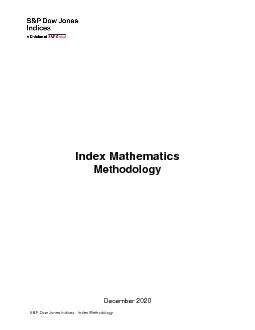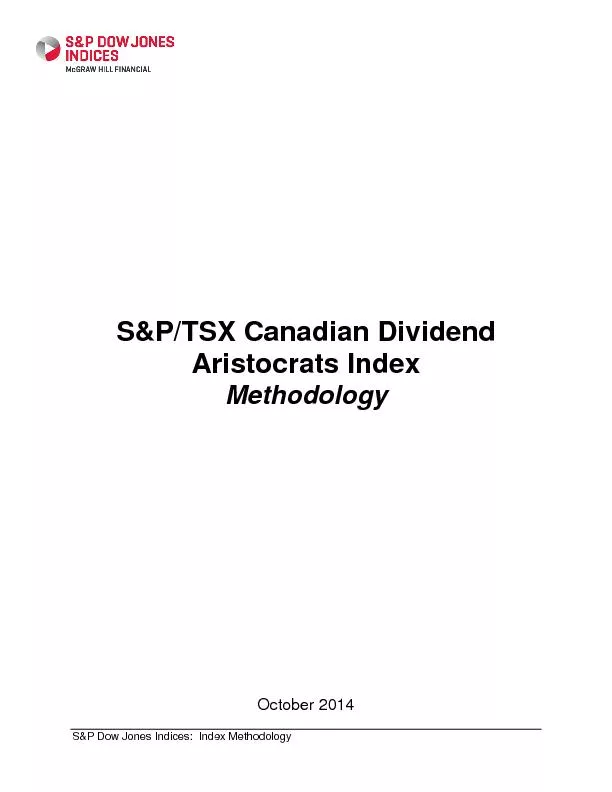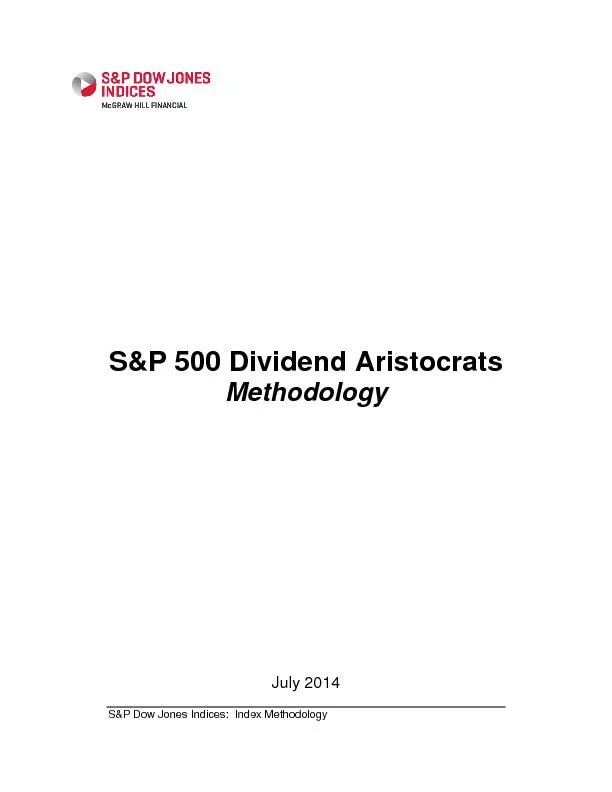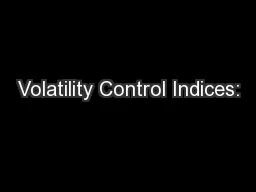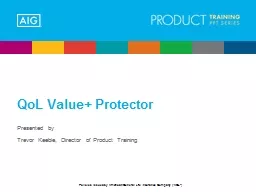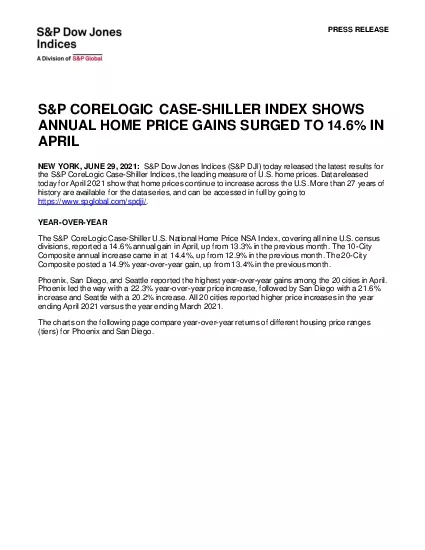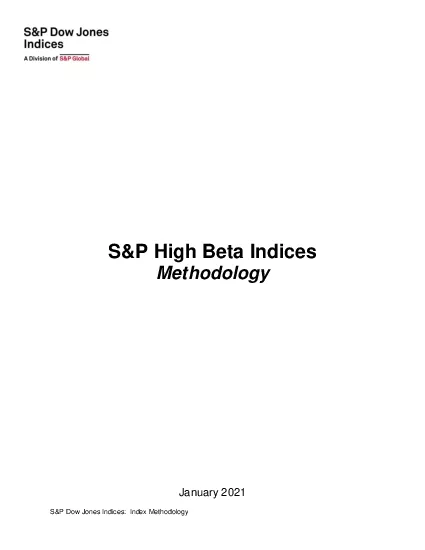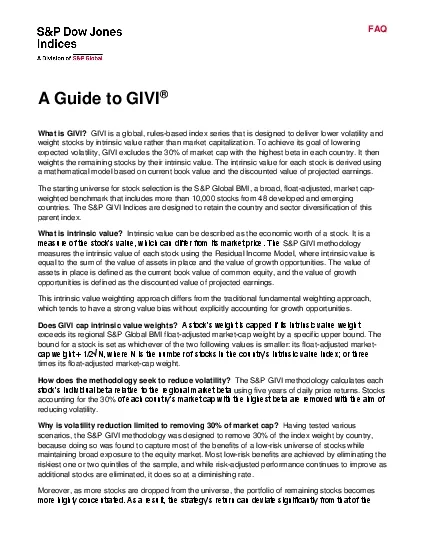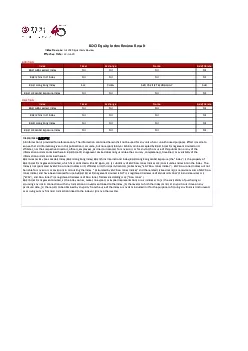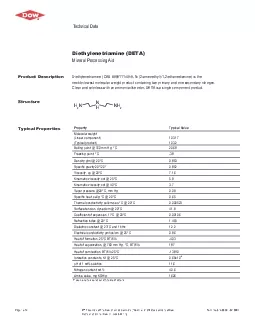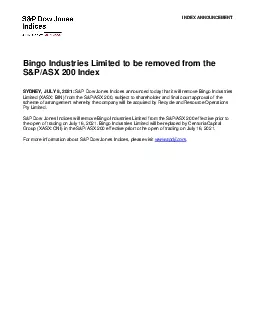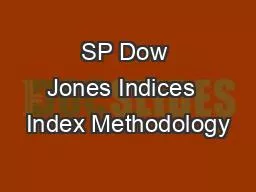PDF-August 2016S&P Dow Jones Indices: Index MethodologyIndex Mathematic
Author : conchita-marotz | Published Date : 2017-01-13
SP Dow Jones Indices Index Mathematics MethodologyTable of ContentsIntroductionDifferent Varieties of IndicesThe Index DivisorCapitalization Weighted IndicesDefinitionAdjustments
Presentation Embed Code
Download Presentation
Download Presentation The PPT/PDF document "August 2016S&P Dow Jones Indices: Index..." is the property of its rightful owner. Permission is granted to download and print the materials on this website for personal, non-commercial use only, and to display it on your personal computer provided you do not modify the materials and that you retain all copyright notices contained in the materials. By downloading content from our website, you accept the terms of this agreement.
August 2016S&P Dow Jones Indices: Index MethodologyIndex Mathematic: Transcript
Download Rules Of Document
"August 2016S&P Dow Jones Indices: Index MethodologyIndex Mathematic"The content belongs to its owner. You may download and print it for personal use, without modification, and keep all copyright notices. By downloading, you agree to these terms.
Related Documents

